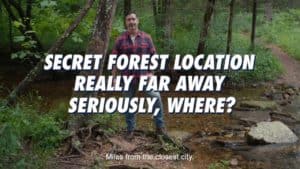We’ve talked a little about energy transmission, especially in conjunction with renewable energy production, and the need to improve the electrical grid. One thought seems to be that conservation interests are a barrier to that. It turns out that the coal industry may be an even bigger barrier. At least, here’s an example from the Trump Administration.
The Seams study demonstrated that stronger connections between the U.S. power system’s massive eastern and western power grids would accelerate the growth of wind and solar energy—hugely reducing American reliance on coal, the fuel contributing the most to climate change, and saving consumers billions.
But a study like Seams was politically dangerous territory for a federally funded lab while coal-industry advocates—and climate-change deniers—reign in the White House.
According to interviews with five current and former DOE and NREL sources, supported by more than 900 pages of documents and emails obtained by InvestigateWest through Freedom of Information Act requests and by additional documentation from industry sources, Trump officials would ultimately block Seams from seeing the light of day. And in doing so, they would set back America’s efforts to slow climate change.
The fallout was swift: The lab grounded Bloom and Novacheck (the lead researchers), prohibiting them from presenting the Seams results or even discussing the study outside NREL. And the $1.6 million study itself disappeared. NREL yanked the completed findings from its website and deleted power-flow visualizations from its YouTube channel.
If NREL researchers are able to work unencumbered by political concerns and release Seams in its entirety, it could help point the U.S. toward a greener future, in which a robust economy runs on renewable energy. But for now, Seams is demonstrating an unintended finding—that when administrations stick their hands into scientific research, politically inconvenient truths are in peril.
The author indicated later that Congress had demanded that the study be released (and here it is).
This story is another example of political interference in science production and distribution. I remain a strong skeptic that the pro-environment side can match this kind of interference by the coal lobby and “climate-change deniers” (as some have suggested here, including self-proclaimed climate-change “skeptics”). It also seems obvious that this direct intervention is a lot more influential than any bias that exists in research funding.



